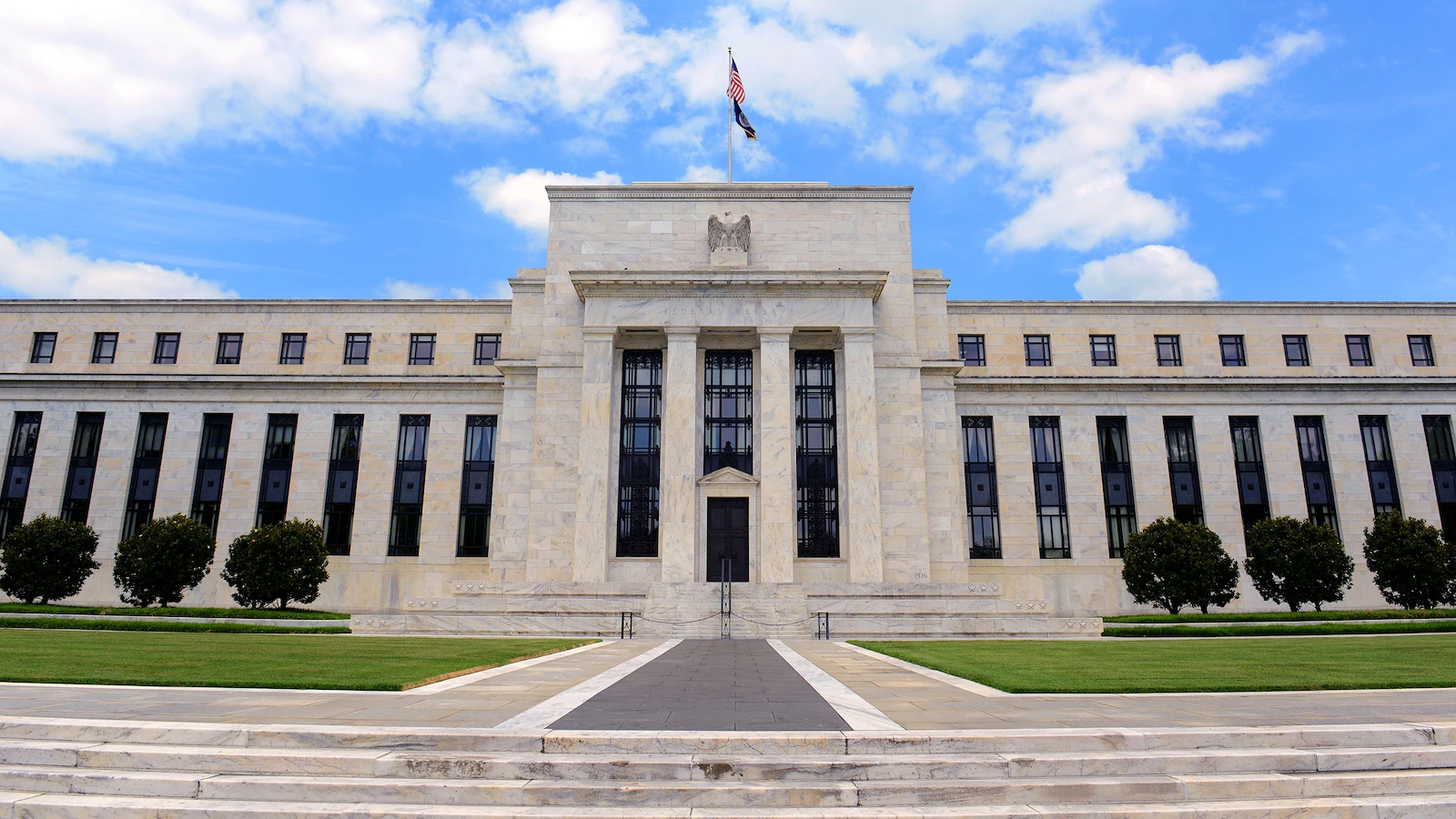Government shutdown halts release of economic data. The Fed may be ‘flying blind’ on interest rates, experts say.

The government shutdown on Wednesday has halted the release of some major economic data at a wobbly moment for the economy, potentially denying the Federal Reserve key information when it meets to set the level of interest rates later this month, experts told ABC News.
A recent hiring slowdown has stoked recession fears, while inflation has proven difficult to fully contain. Federal Reserve Chair Jerome Powell last week said policymakers face a “challenging situation” while they attempt to navigate a “turbulent period.”
Some experts who spoke to ABC News voiced concern about the potential loss of government data, including a closely watched jobs report due out on Friday. They pointed to the uncertain economic trajectory and disagreement among central bank officials about the correct response.
“This is probably the worst time for the Fed to be flying blind,” Kenneth Kuttner, a professor of economics at Williams College who studies central bank policy, told ABC News. “The economy could be at an inflection point.”
The government shutdown began at 12:01 a.m. ET on Wednesday, after the Senate voted down dueling funding proposals from Democrats and Republicans. The upper chamber voted down each bill a second time on Thursday, further cementing the impasse.
The U.S. Department of Labor on Monday said some data would not be released in the event of a shutdown, including monthly jobs and inflation reports watched by Fed officials. The Bureau of Economic Analysis and the Census Bureau – two important sources of additional data – also said they will pause scheduled releases for the duration of a shutdown.
“This makes life harder for the Fed,” Yeva Nersisyan, a professor of economics at Franklin & Marshall College, told ABC News.
The loss of data arrived during an uneasy period for policymakers. In recent months, the economy has suffered a sharp hiring slowdown alongside a rise of inflation, setting the conditions for what economists call “stagflation.”
The economic conditions have put Fed policymakers in a bind. If the Fed raises interest rates as a means of protecting against tariff-induced inflation, it risks tipping the economy into a downturn. On the other hand, if the Fed lowers rates to stimulate the economy in the face of a hiring slowdown, it threatens to boost spending and worsen inflation.
The Fed cut its benchmark interest rate a quarter of a percentage point last month, opting for its first interest rate cut this year in an effort to revive the flagging labor market. The Federal Open Market Committee (FOMC), a policymaking body at the Fed, projected two additional quarter-point rate cuts over the remainder of the year. The projections revealed significant disagreement between committee members, however. Some supported two additional cuts this year, while others backed a hold on interest rates and one opposed rate cuts altogether.
“It is a delicate time to lose access to data because there is some apparent disagreement,” Darrell Duffie, an economics professor at Stanford’s Graduate School of Business, told ABC News. “That makes it harder for the members of that committee to reach a consensus and gives more grounds for each member to formulate their own opinion without the data.”
To be sure, some experts said the potential absence of data should not alter the Fed’s anticipated path of two interest rate cuts this year, since the dramatic slowdown in hiring has given the central bank little choice. They also noted the continued availability of private sector data sources, though observers typically view such data as inferior to government statistics.
“If I were the one making the decision looking back at the data we have, I don’t think another months’ data will matter that much,” Nersisyan said. “There is long-term evidence that the labor market has weakened significantly.”
A jobs report last month showed a sharp decrease in hiring in August, extending a lackluster period for the labor market. Meanwhile, a revision of previous hiring estimates days later revealed the U.S. economy added far fewer jobs in 2024 and early 2025 than previously estimated, deepening concern.
Still, Powell cautioned last month about the persistent threat of elevated inflation, vowing to contain price increases.
The Fed is set to announce its next interest rate decision on Oct. 29, following a meeting between members of the FOMC. If the government shutdown remains in place ahead of that meeting, it could leave Fed officials ill-equipped to set the best policy, some experts said.
“If data continue to be unavailable a few days before the next meeting, that would be a significant source of concern,” Duffie said.



